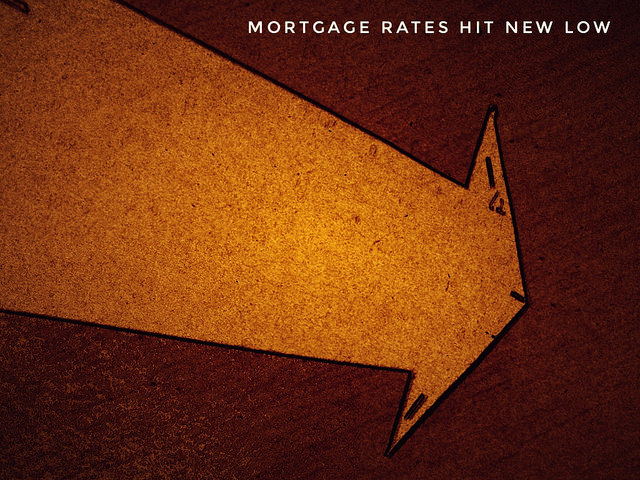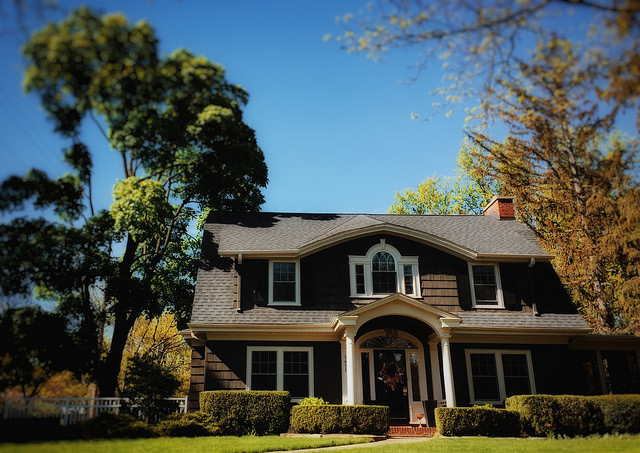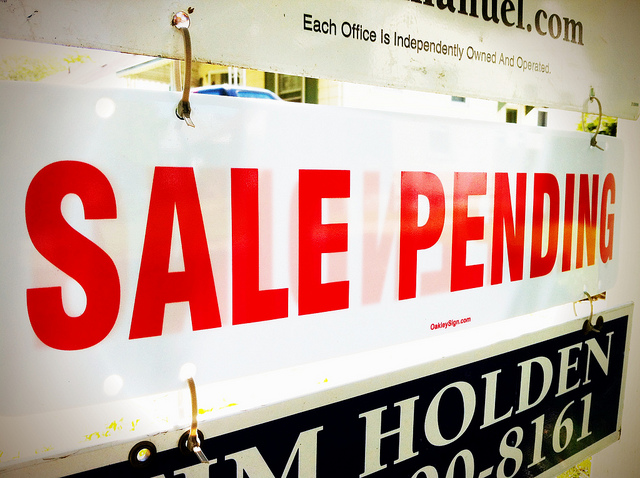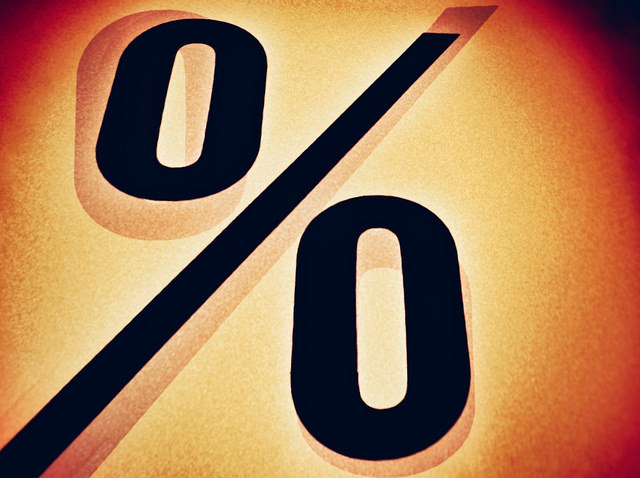Rising home prices have gotten a lot of attention over the past couple of years. In some places, they’ve even been said to have fully recovered from the housing crash. But a closer look at the numbers reveals a different story. Because many gauges of national home prices use averages to measure how much prices have gained or fallen, higher-priced homes have more weight and can skew the results. For a more accurate look, a recent study from Trulia compared a home’s current market value to its pre-recession peak instead. Their method found that just 34.2 percent of homes nationally have recovered their value. That means, though prices have definitely been rising, there are still a lot of homes that haven’t yet climbed all the way back. That’s good news for buyers but it also means there are many homeowners who are still waiting for their homes to regain value before they sell – which is why there are many markets where there are fewer homes available for sale than usual. Also, it should be noted that, as with anything real estate, where you are has a lot to do with the conditions you’ll find. For example, markets in the West and South have generally seen home prices increase faster than those in the Midwest and Northeast. More here.













